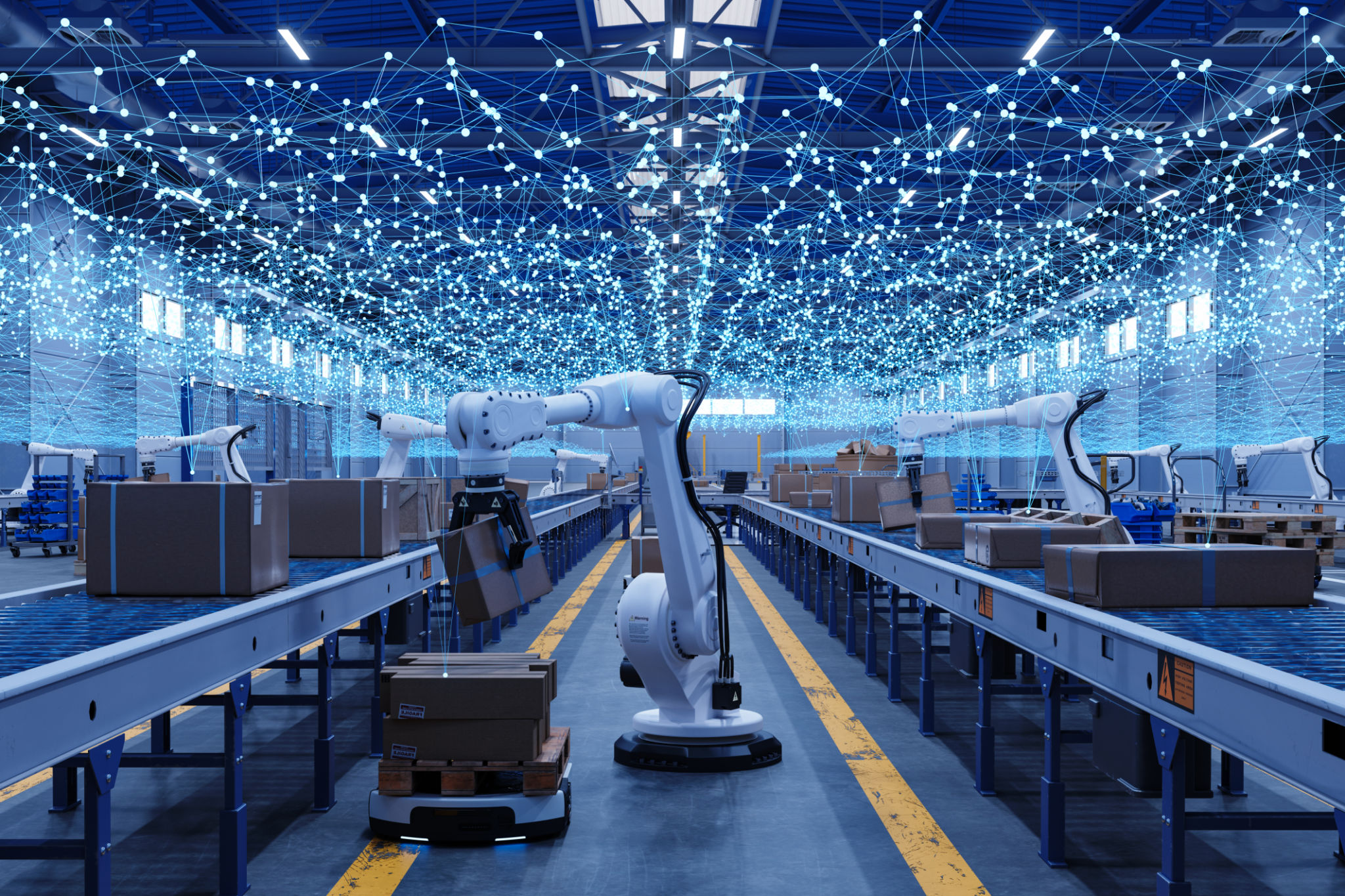Exploring the Latest Design Innovations: What’s New and Next
Introduction to Design Innovations
The world of design is ever-evolving, with new trends and technologies shaping the way we create and interact with our surroundings. In recent years, there has been a surge in innovative design practices that are not only aesthetically pleasing but also functionally superior. This post explores some of the latest innovations in design, highlighting what's new and what's next in this exciting field.

Sustainable Design Practices
Sustainability has become a cornerstone of modern design. Designers are increasingly focused on creating eco-friendly products and spaces. This trend is driven by the urgent need to address environmental concerns and the growing consumer demand for sustainable options. Key practices include the use of recycled materials, energy-efficient processes, and designs that promote long-term durability.
Some of the innovative approaches in sustainable design include:
- Upcycling waste materials into new products
- Integrating renewable energy sources
- Designing for disassembly to facilitate recycling
Interactive and Smart Design
With the rapid advancement of technology, interactive and smart design is becoming increasingly prevalent. From smart homes to wearable tech, the integration of technology into design elements is transforming the way we experience the world around us. This trend is characterized by designs that are responsive, intuitive, and connected.

Some notable innovations in this area include:
- The rise of voice-controlled devices
- Adaptive lighting and climate control systems
- Wearable technology that monitors health and fitness
Biophilic Design Elements
Biophilic design is a concept that seeks to connect our built environment more closely with nature. This approach is gaining traction due to its potential to improve well-being and productivity. By incorporating natural elements into design, such as plants, water features, and natural light, spaces become more inviting and harmonious.
Key aspects of biophilic design include:
- Use of natural materials like wood and stone
- Incorporation of indoor gardens and green walls
- Maximizing natural light and ventilation

Minimalism and Clean Aesthetics
Minimalism continues to be a powerful influence in design, emphasizing simplicity and functionality. The minimalist approach strips away unnecessary elements, focusing on clean lines and uncluttered spaces. This trend is particularly popular in interior design, web design, and product design, where clarity and ease of use are prioritized.
Some features of minimalist design include:
- Neutral color palettes
- Simple geometric shapes
- Focus on functionality and ease of use
Conclusion
The latest design innovations reflect a dynamic interplay between aesthetics, functionality, and sustainability. As designers continue to push the boundaries of what is possible, we can expect to see even more exciting developments in the future. Whether through sustainable practices, smart technologies, biophilic elements, or minimalist aesthetics, the future of design promises to be both innovative and inspiring.
